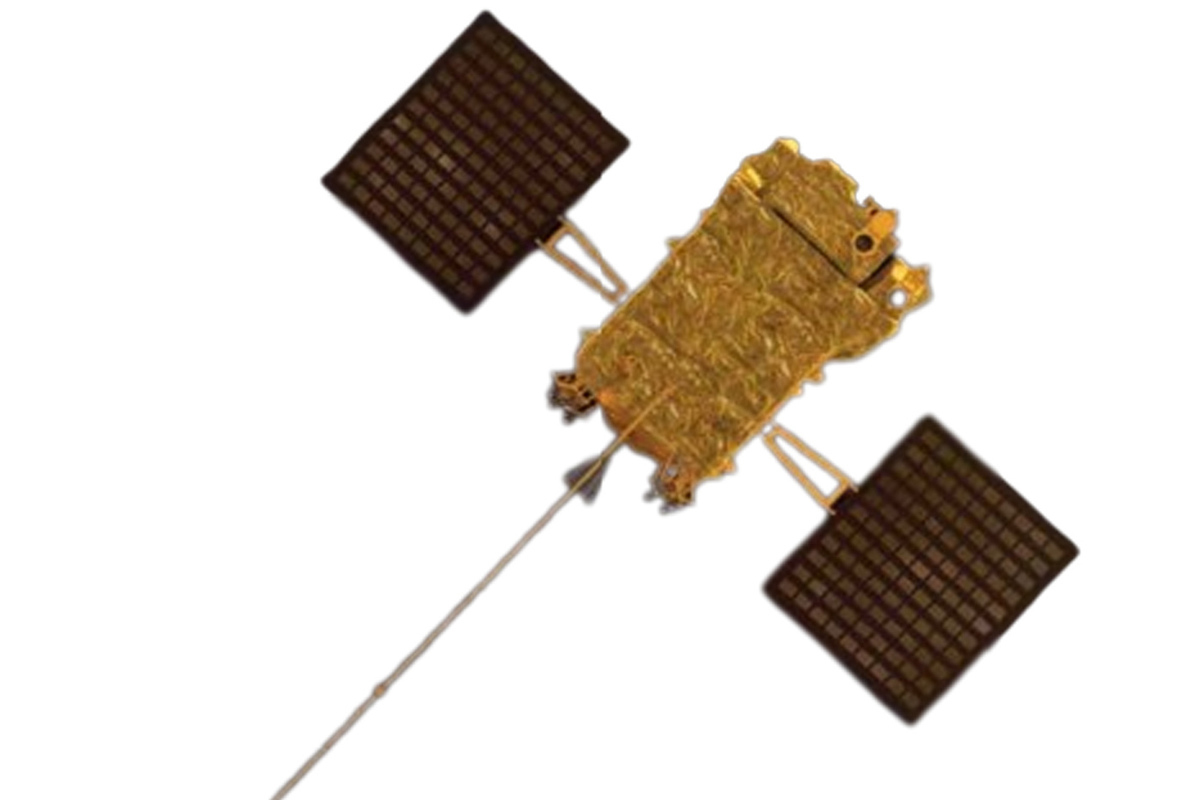After the Moon to the Sun: Indian scientists send a new spacecraft
[ad_1]

“Aditya-L1” will be the country’s first space observatory
Indian researchers are sending a new apparatus into space, now towards the Sun. On September 2, according to the Indian Space Research Organization (ISRO), the launch vehicle will launch a new Aditya-L1 mission into space, which will head towards the Sun.
It is assumed that the observatory will follow to its destination – the Lagrange point, which is located at a distance of 1.5 million from the Earth – 120 days. The path will be as ornate as the trajectory of the flight to the Moon of the Chandrayaan-3 apparatus – first, the apparatus will make a series of orbits around the Earth and only then, using the so-called “gravitational slingshot”, will make an economical throw towards the Sun.
“Aditya-L1” will be at the point that balances the gravitational forces of the Earth and the Sun for about five years and during all this time it will observe the outer layers of the star using seven instruments. In particular, the objects of observation will be hot plasma jets escaping from the surface of the star, solar wind streams and flares that cause magnetic storms on Earth.
In this case, the heavy Aditya-L1 observatory weighing 1500 kg flies to explore the Sun following the Russian space telescope SOL, which weighs less than 2 kilograms. It was launched on the NORBI-2 nanosatellite and launched into space on June 27, 2023 from the Vostochny cosmodrome. This telescope became the first Russian apparatus for observing the Sun in 14 years. It was created by the staff of the Institute of Solar-Terrestrial Physics of the Siberian Branch of the Russian Academy of Sciences in partnership with the Space Research Institute of the Russian Academy of Sciences.
As Sergei Bogachev, one of the leaders of the SOL project, told MK, the telescope will help record the radiation of the solar corona and solar flares that cannot be seen from the Earth.
“Of course, we also do not refuse data from foreign devices, such as the American SDO observatory,” says Bogachev. – After all, the quality of images obtained from large devices is incomparable with the data of small telescopes. But if we are suddenly denied access to foreign data, the quality of our telescope will be enough to see solar flares.
At present, the telescope itself has been tested, and mutual communication has been established with it and the satellite itself. Experts, according to Bogachev, are waiting for the stabilization of NORBI-2 and the subsequent fixation of the SOL telescope on the Sun, which is expected during September.
[ad_2]
Source link








